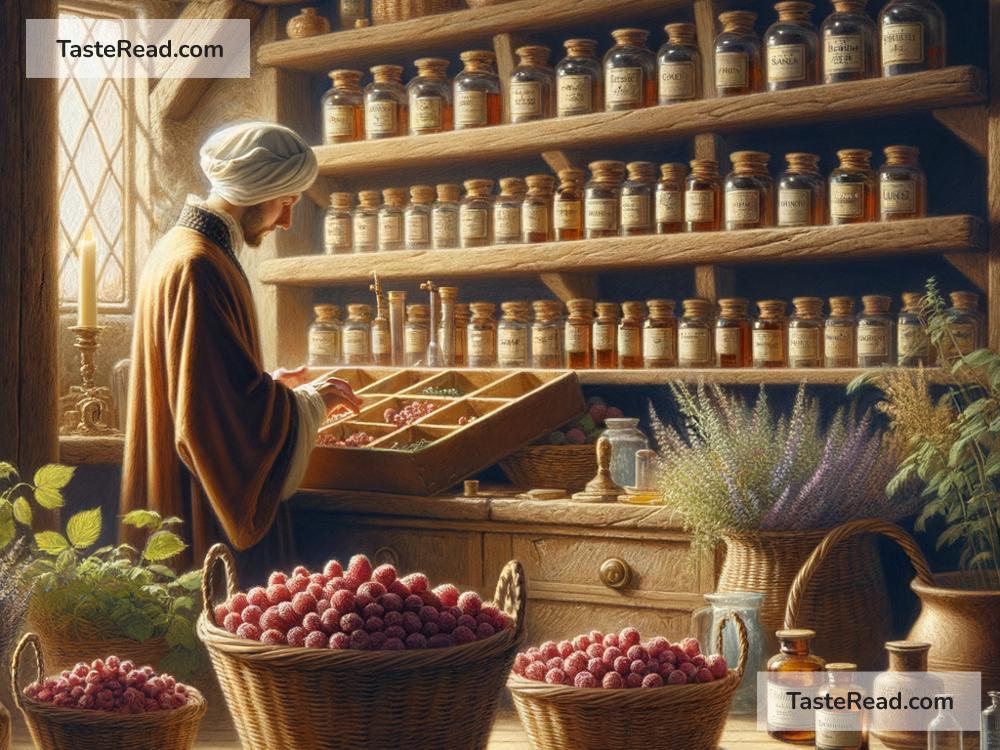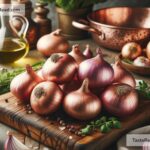The Curious Story of Raspberries in Medieval Medicine
In today’s world, raspberries are a favorite fruit. We love them in smoothies, desserts, and even snacks straight from the garden. But a long time ago in medieval Europe, raspberries weren’t only a tasty treat. They had a unique role in medicine and healing. The bright red fruit, along with its leaves, was considered an important natural remedy for many health problems. Let’s explore how raspberries helped people in the Middle Ages and why this tiny fruit gained such a reputation.
The Role of Nature in Medieval Medicine
During medieval times (roughly 500 to 1500 AD), medicine was far different from what we know today. People didn’t have pharmacies, and medical knowledge was limited. Instead, healers, monks, and herbalists relied heavily on nature for cures. Plants, herbs, and fruits were believed to have special healing powers.
Books called “herbals” contained detailed writings about different plants, their uses, and how to prepare them for medicine. These books mixed practical knowledge with myth and superstition. Raspberries were one of the plants mentioned. Although medieval doctors didn’t fully understand how the human body works, they believed that raspberries and their leaves could bring balance to the body and heal certain ailments.
Raspberries and Their Symbolism
Raspberries weren’t just used for medicine; they also had symbolic meanings. The rich, red color of the fruit was associated with life and blood. In medieval Christian art, raspberries sometimes represented kindness or purity. The fruit’s connection to blood made healers think raspberries could be useful for illnesses related to circulation or wounds.
Interestingly, raspberries were considered high-status plants, often grown in monastery gardens. Monks carefully cultivated them for their medicinal purposes. This was long before raspberries became widely grown in Europe, and they were viewed as somewhat exotic.
Medicinal Uses of Raspberries
So, how did medieval people use raspberries for healing? Let’s break it down into the two main parts of the plant: the fruit and the leaves.
Raspberries (The Fruit)
Medieval healers believed raspberries could help people with stomach problems. The fruit was thought to have “cooling” properties, which meant it could soothe fevers or calm the digestive system. If someone had an upset stomach or felt overheated, eating raspberries was considered a natural remedy.
Raspberries were also used as a natural source of sweetness in medicines. Honey and fruits like raspberries helped to mask the bitter taste of some herbal remedies. This made them more pleasant for people to consume.
Raspberry Leaves
Even more popular in medieval medicine than the fruit was the raspberry’s leaves. Herbalists prepared the leaves in teas, infusions, or poultices to treat a wide range of conditions.
One of the most notable uses of raspberry leaves was for women’s health. Midwives and healers recommended raspberry leaf tea to pregnant women. It was believed that the tea could make childbirth easier by strengthening the uterus and reducing labor pains. Though the science of pregnancy was not understood back then, modern studies have shown that raspberry leaf does contain chemicals that may tone uterine muscles. This link between medieval wisdom and modern science is fascinating!
Raspberry leaves were also used to treat sore throats and mouth ulcers. People steeped the leaves in hot water to make a tea and gargled with it. The leaves were thought to have astringent properties, meaning they helped tighten and heal tissues.
Lastly, raspberry leaves were applied to wounds and cuts. Fresh leaves could be mashed into a paste and placed on the skin to help stop bleeding and reduce infection. While this practice was based more on observation than scientific proof, raspberry leaves do contain tannins, which have antiseptic qualities.
Myth or Medicine?
While many medieval remedies involving raspberries were based on observation rather than science, some of their uses were accurate. For example, raspberry leaves do have compounds that can aid wound healing and ease certain muscle pains, as we now know through modern research.
However, some medieval beliefs about raspberries were more symbolic or superstitious. For instance, the idea that raspberries could balance the “humors” in the body (the belief that health depended on balancing blood, phlegm, black bile, and yellow bile) doesn’t align with modern medicine. Nonetheless, these ideas shaped how raspberries were used and respected during the time.
A Fruit that Stood the Test of Time
Raspberries played an important role in medieval medicine, combining practical utility with symbolic significance. Although science has since replaced many old beliefs, the raspberry’s story reminds us how people have long turned to nature for answers about health.
Today, we still use raspberry leaves in herbal teas, and the fruit is celebrated for its health benefits, including vitamins, antioxidants, and fiber. The medieval fascination with raspberries laid the foundation for modern uses we enjoy today. So, the next time you enjoy a handful of raspberries or sip raspberry leaf tea, think about the curious journey of this special plant—from monastery gardens in medieval Europe to our kitchen tables today.


